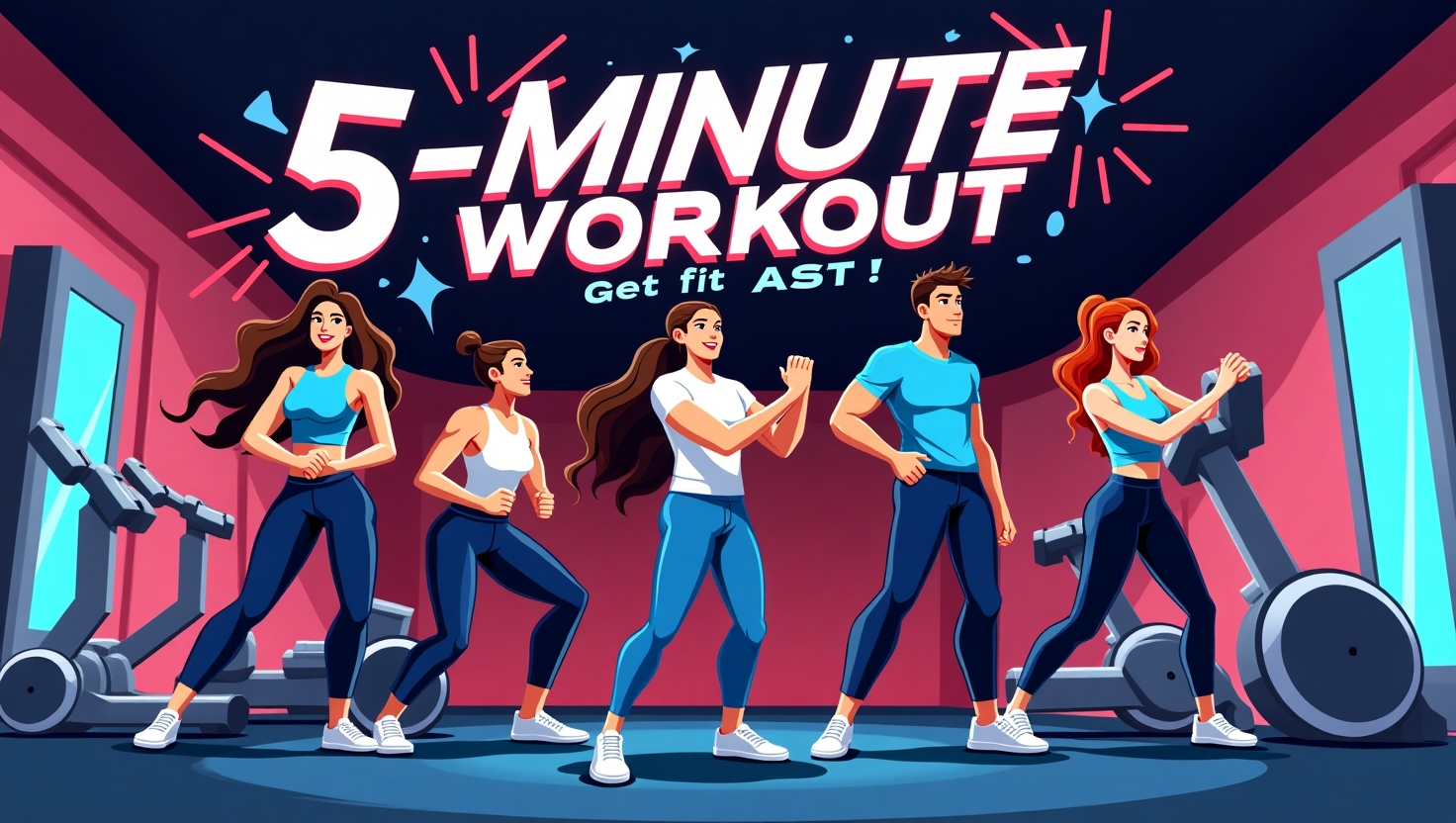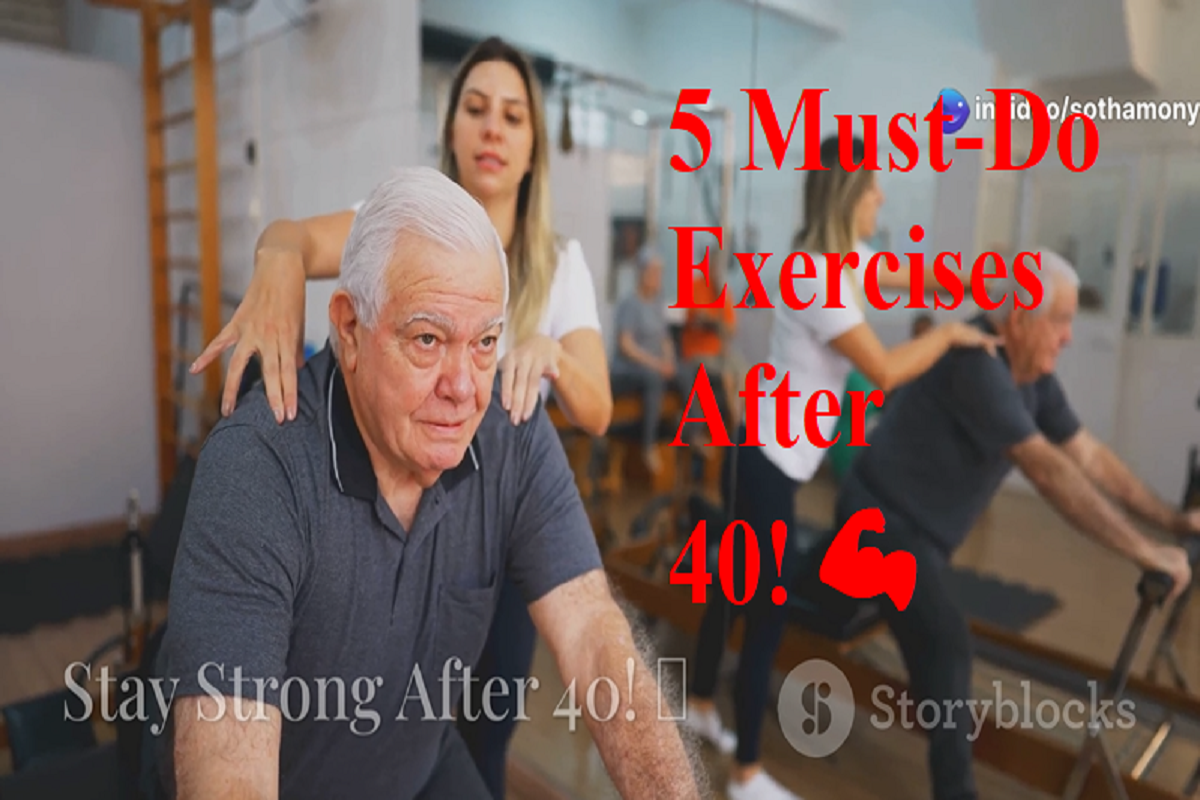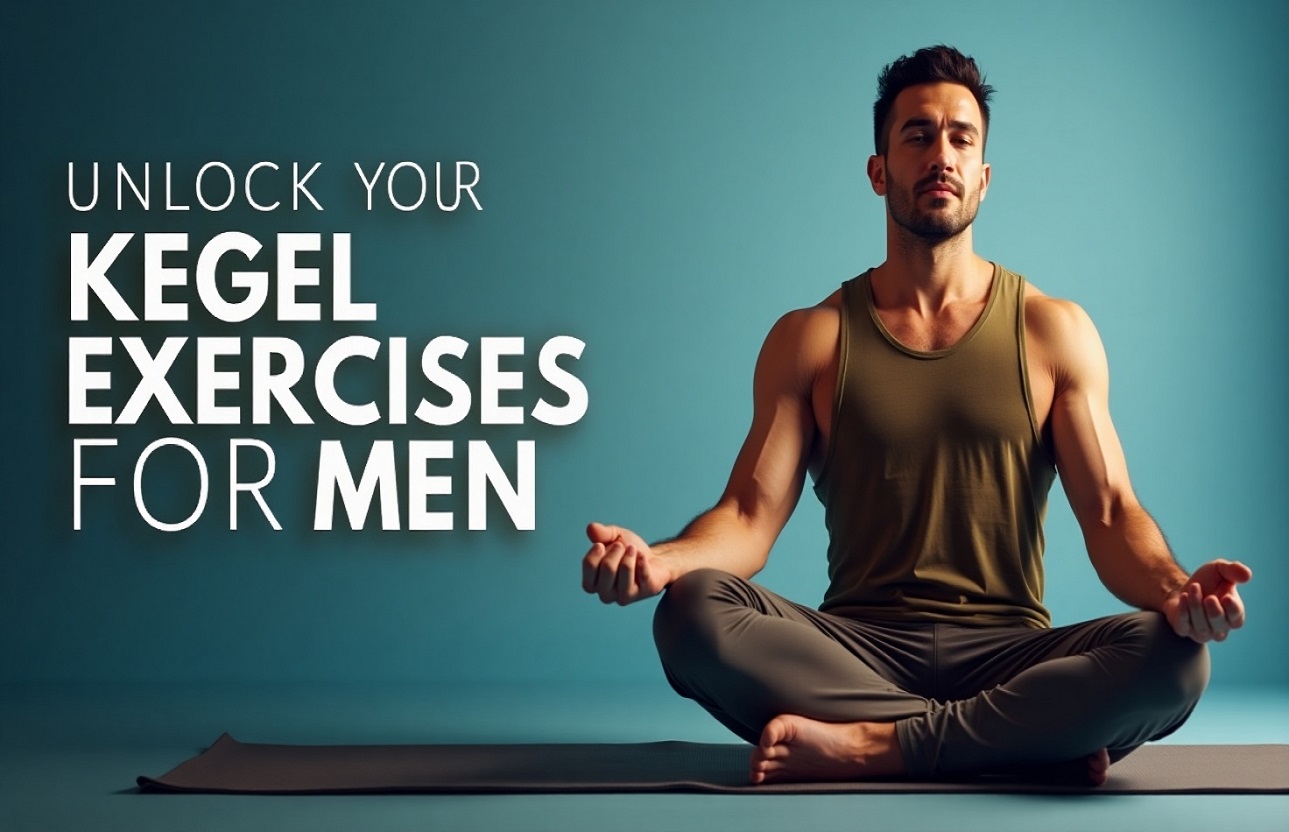A well-rounded fitness routine is essential for building strength, muscle mass, endurance, and overall health. While there are countless exercises to choose from, certain fundamental movements provide the best results for men looking to enhance their physique and functional fitness. These five must-do exercises target multiple muscle groups, improve athleticism, and help prevent injuries. Whether you’re a beginner or an experienced lifter, incorporating these movements into your workout routine will ensure long-term success.
1. Squats: The King of Lower-Body Strength
Squats are often referred to as the “king of exercises” for good reason. This compound movement engages multiple muscle groups, including the quadriceps, hamstrings, glutes, lower back, and core. Squats not only build leg strength but also improve balance, mobility, and overall athletic performance.

Benefits of Squats:
- Increases lower-body strength and endurance.
- Enhances core stability and posture.
- Promotes fat loss by burning a high number of calories.
- Boosts functional fitness for daily activities like walking, running, and jumping.
How to Perform a Proper Squat:
- Stand with feet shoulder-width apart, toes slightly turned out.
- Engage your core and keep your chest up.
- Lower your body by bending your knees and pushing your hips back, as if sitting into a chair.
- Go down until your thighs are parallel to the ground, keeping your knees in line with your toes.
- Push through your heels to return to the starting position.
2. Deadlifts: The Ultimate Full-Body Builder
The deadlift is a powerhouse movement that works multiple major muscle groups, including the hamstrings, glutes, lower back, traps, and core. It’s one of the best exercises for developing raw strength and power. Additionally, deadlifts help with posture correction and injury prevention.
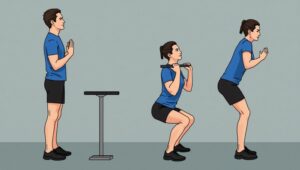
Benefits of Deadlifts:
- Engages the entire posterior chain, improving overall strength.
- Enhances grip strength, which is crucial for other lifts.
- Improves posture and helps alleviate lower back pain.
- Boosts athletic performance in sports and daily movements.
How to Perform a Deadlift:
- Stand with feet hip-width apart and the barbell over your midfoot.
- Bend at your hips and knees to grip the bar slightly wider than shoulder-width.
- Keep your back straight and chest up as you lift the bar by pushing through your heels.
- Fully extend your hips and stand tall before lowering the bar back to the ground.
3. Push-Ups: A Classic Upper-Body Staple
Push-ups are one of the most effective bodyweight exercises, strengthening the chest, shoulders, triceps, and core. They require no equipment, making them a versatile and convenient exercise for building upper-body strength and endurance.

Benefits of Push-Ups:
- Builds upper-body strength without the need for weights.
- Engages the core, improving overall stability.
- Enhances endurance and muscular coordination.
- Can be modified for different difficulty levels.
How to Perform a Push-Up:
- Start in a high plank position with hands slightly wider than shoulder-width.
- Keep your body in a straight line from head to heels.
- Lower your chest to the ground by bending your elbows.
- Push through your palms to return to the starting position.
- Repeat for the desired number of reps.
4. Pull-Ups: The Ultimate Upper-Body Test
Pull-ups are an excellent exercise for building upper-body strength, particularly in the back, shoulders, and biceps. They require significant effort and engage multiple muscles, making them a top-tier movement for overall fitness.

Benefits of Pull-Ups:
- Strengthens the upper back and biceps.
- Improves grip strength and forearm endurance.
- Enhances posture and shoulder stability.
- Builds functional strength for real-world activities.
How to Perform a Pull-Up:
- Grip a pull-up bar with hands slightly wider than shoulder-width, palms facing away.
- Hang with arms fully extended and engage your core.
- Pull yourself up by driving your elbows down until your chin clears the bar.
- Lower yourself back to the starting position with control.
- Repeat for as many reps as possible.
5. Planks: Core Strength and Stability
A strong core is essential for overall strength, balance, and injury prevention. Planks are one of the best exercises for activating the deep core muscles, improving stability, and enhancing athletic performance.
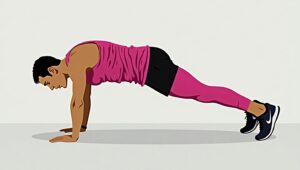
Benefits of Planks:
- Strengthens the entire core, including abs, obliques, and lower back.
- Enhances posture and spinal alignment.
- Improves endurance and mental focus.
- Reduces the risk of lower back injuries.
How to Perform a Plank:
- Get into a forearm plank position with elbows directly under your shoulders.
- Keep your body in a straight line from head to heels.
- Engage your core and avoid sagging or arching your back.
- Hold the position for as long as possible while maintaining proper form.
Final Thoughts
These five exercises—squats, deadlifts, push-ups, pull-ups, and planks—form the foundation of a well-rounded fitness regimen. They target all major muscle groups, build strength, improve endurance, and enhance overall athleticism. By incorporating them into your routine and maintaining proper form, you’ll maximize your gains and set yourself up for long-term success in your fitness journey.
Consistency is key. Start with manageable repetitions and weights, progressively increasing intensity over time. Pair these exercises with proper nutrition and recovery, and you’ll see significant improvements in your strength, physique, and overall well-being. So, get started today and take your fitness to the next level!
